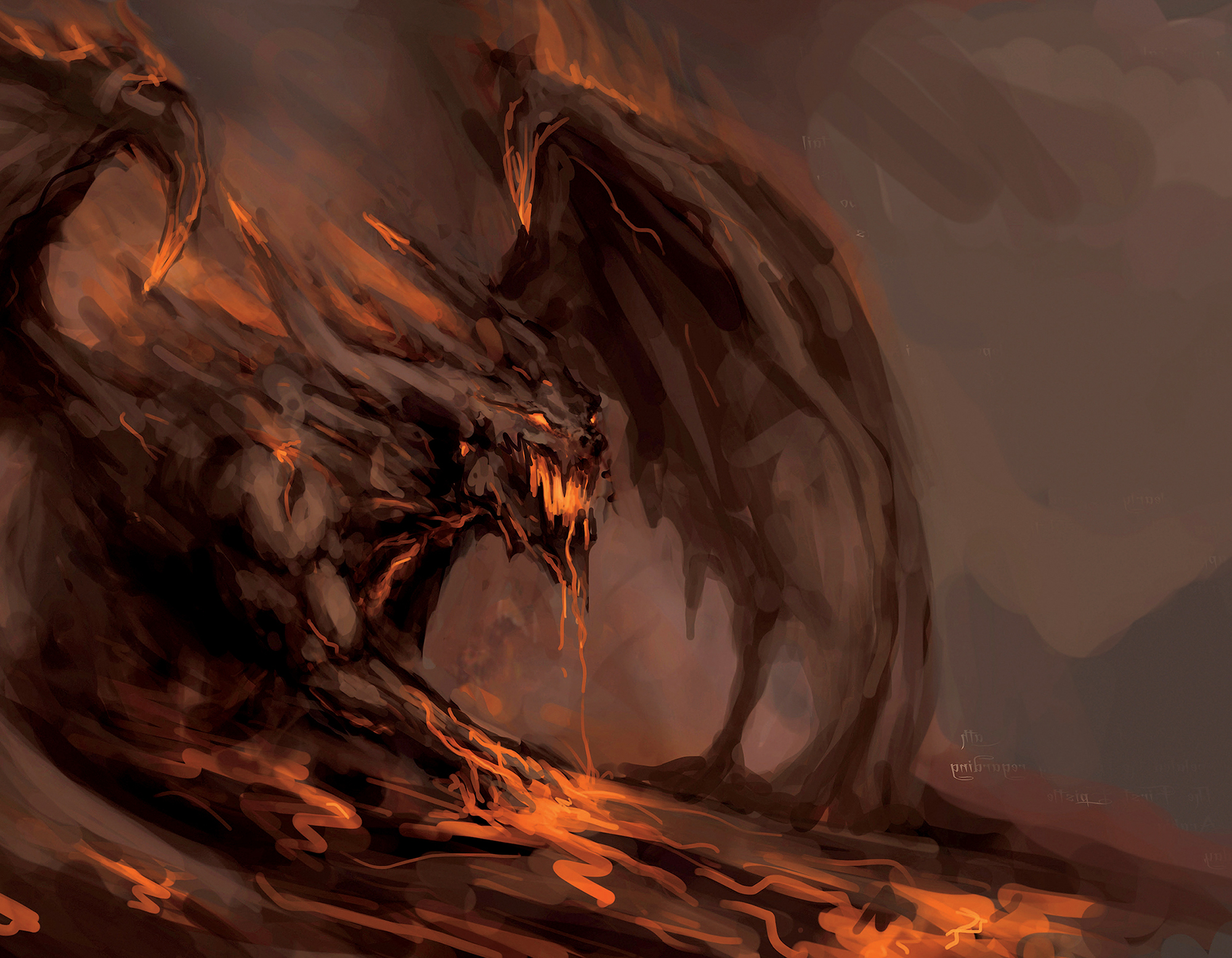Legends Around the World
 Western Dragons
Western Dragons
Stories about dangerous, fire-breathing dragons come mainly from Europe. These storiesoften feature brave heroes who fight and kill deadly dragons to save innocent people.Some of these stories include Beowulf from England, Sigurd and Fafnir from Scandinavia,and Saint George and the Dragon from Turkey.
 Giants
Giants
Stories about giants come from around the world. In Scandinavia Norse myths are filledwith frost giants, fire giants, and mountain giants. The story Jack the Giant Killercomes from England and features a hero who kills several nasty giants. Myths fromancient Greece are also filled with giant monsters such as the one-eyed Cyclops.
 Eastern Dragons
Eastern Dragons
In Asian stories dragons are often kind and helpful. In the story The Four Dragonsfrom China, four helpful dragons bring rain to help farmers' crops. In one Japanesestory, Ryujin is a dragon king who controls the ocean tides and the weather. Andone Vietnamese myth describes how the dragon Lac Long Quan helped create the Vietnamesepeople.
 Trolls
Trolls
Several rock formations in Iceland and Scandinavia remind people of trolls that haveturned to stone in the sunlight. These stone trolls have inspired several folktalesin these countries. Stories such as The Three Billy Goats Gruff and Peer Gyntfeature mean and nasty trolls that arent very smart.
Test Your Knowledge
Think you know everything about dragons, trolls, and giants? Take this short quizto test your knowledge. Do you have what it takes to become an expert on fantasycreatures?
1 If a cave troll catches you in the woods you should:
A. try to convince him to let you go.
B. fight your way past him.
C. keep talking to him until the sun rises.
2 Ettins have more than one head and usually tend to:
A. be more intelligent than other giant races.
B. be very skilled with multiple weapons.
C. argue with themselves a lot.
3 A white dragon's favorite kind of treasure is:
A. sparkling diamonds and silver coins.
B. colorful jewels and gems.
C. golden cups and coins.
4 If you meet a red dragon you should:
A. use compliments to distract it until you can escape.
B. stare at its eyes.
C. try to take as much of its treasure as possible.
5 If youre battling a swamp troll, the best weapon to use is:
A. a magic sword.
B. fire.
C. magic spells and potions.
6 Ogres raid nearby farms and villages at night to:
A. steal food and supplies they can't make themselves.
B. avoid sunlight.
C. both A and B.
Answers:
1:C, 2:B, 3:A, 4:A, 5:B, 6:C
Read More
Caldwell, S.A. Dragonworld: Secrets of the Dragon Domain . Philadelphia: RP Kids,2011.
Knudsen, Shannon. Giants, Trolls, and Ogres . Fantasy Chronicles. Minneapolis: LernerPublications Co., 2010.
Malam, John. Giants . Mythologies. Irvine, Cal.: QEB Pub., 2009.
Internet Sites
FactHound offers a safe, fun way to find Internet sites related to this book. Allof the sites on FactHound have been researched by our staff.
Heres all you do:
Visit www.facthound.com
Type in this code: 9781491406915
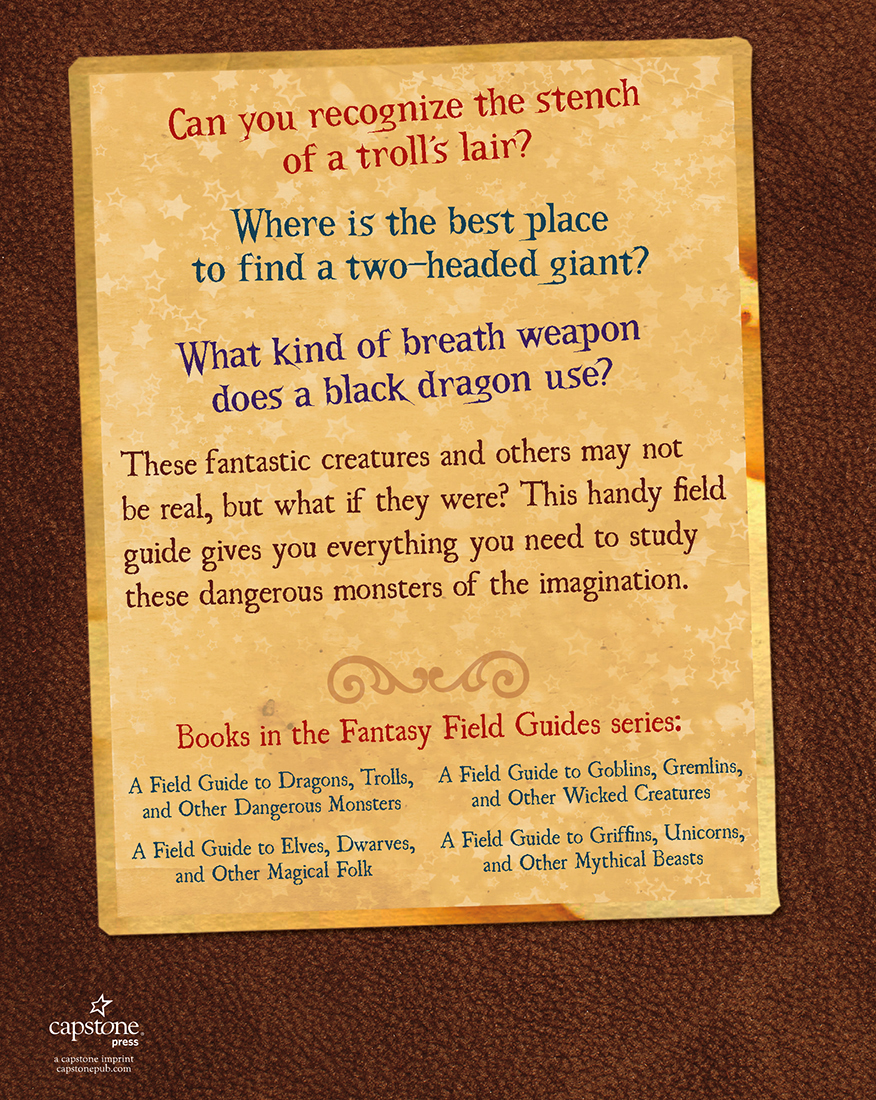
A World of Dangerous Monsters
T he world is a dangerous place. Its overflowing with deadly monsters waiting fora chance to attackand possibly eathuman beings. Giants, trolls, and ogres liketo . At least, tales and legendsaround the world would like us to believe these fantastic monsters and others arereal.
But the truth is that dragons, trolls, and other dangerous monsters live only inpeoples imaginations. People have been telling stories about them for hundreds ofyears. Today these awe-inspiring monsters are more popular than ever. They show upin everything from books and movies to roleplaying games, video games, TV shows,and more. Why do these monsters keep showing up in our stories? Perhaps its becausewe wish they were real. They offer us a sense of excitement and adventure that israrely found in most peoples everyday lives.
Lets imagine for a while that dangerous fantasy monsters are real and alive in theworld today. If you went looking for them, would you know what to look for? Wheredo these creatures live? What do they eat? How do they behave? Get ready for a wildadventure as we look at some fantastic monsters and how they would live if they werereal.
ambush  to make a surprise attack
to make a surprise attack
hoard  a large collection of something, usually treasure
a large collection of something, usually treasure
Red Dragons
Size:
150 feet (46 meters) long or more; wingspans up to 180 feet (55 m)
Habitat:
are usually found in deep caves in the mountains
Diet:
deer, sheep, cattle, pigs, and other small animals; prefer humans when possible
Life Cycle: Female red dragons lay two or three eggs about every 150 years. To keepthe eggs hot, females breathe fire on them twice a day until they hatch. The are then left to care for themselves. Red dragons reach adulthood at about 200 years.They can live to more than 2,500 years old.
Physical Features: Red dragons are a bright shade of red when they hatch. As theyage their scales become a dark red or red-gold color. Red dragons have razor-sharpclaws and teeth. They also have powerful whiplike tails used to bash enemies to theground. Of course, red dragons are most famous for their flaming breath weapon.When threatened or angered, they create a fiery blast hot enough to melt steel.
Behavior: Red dragons are incredibly prideful and greedy. They also have fierce tempers.They'll attack and kill anyone who insults them or intrudes on their territory. Reddragons guard their huge treasure hoards jealously. If even a single coin is stolen,red dragons will fly into a terrible rage. They'll destroy nearby farms and villagesto find and punish the thieves.
Red dragons love to be praised and admired. In the book The Hobbit by J.R.R. Tolkien,Bilbo Baggins meets the huge dragon Smaug. Bilbo uses several compliments to distractSmaug before escaping with a golden cup.

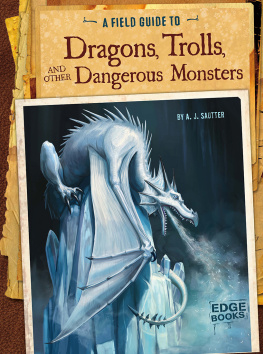
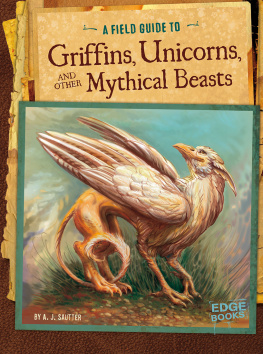

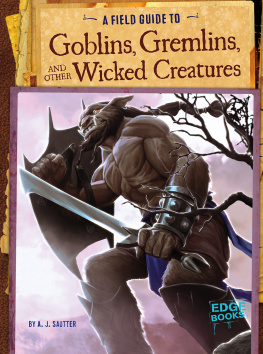

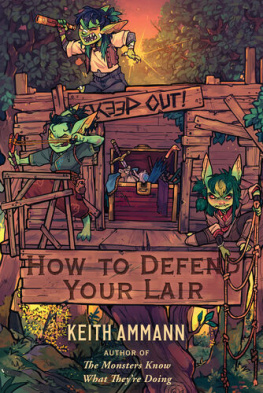

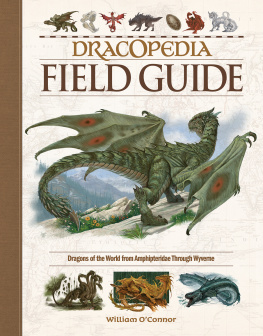

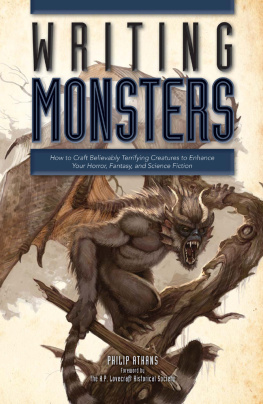
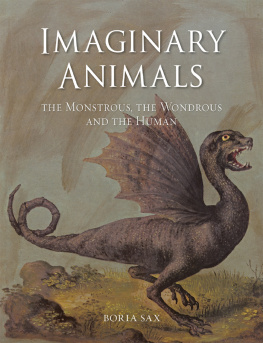
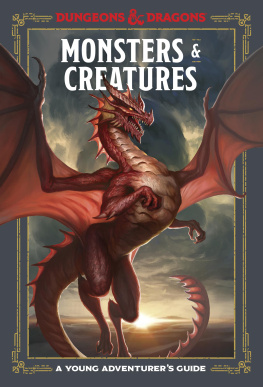
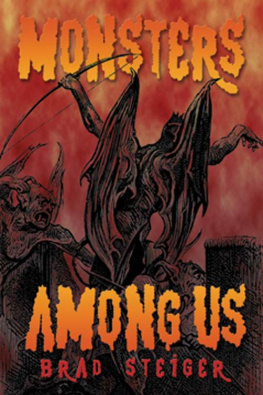

 Western Dragons
Western Dragons Giants
Giants Eastern Dragons
Eastern Dragons Trolls
Trolls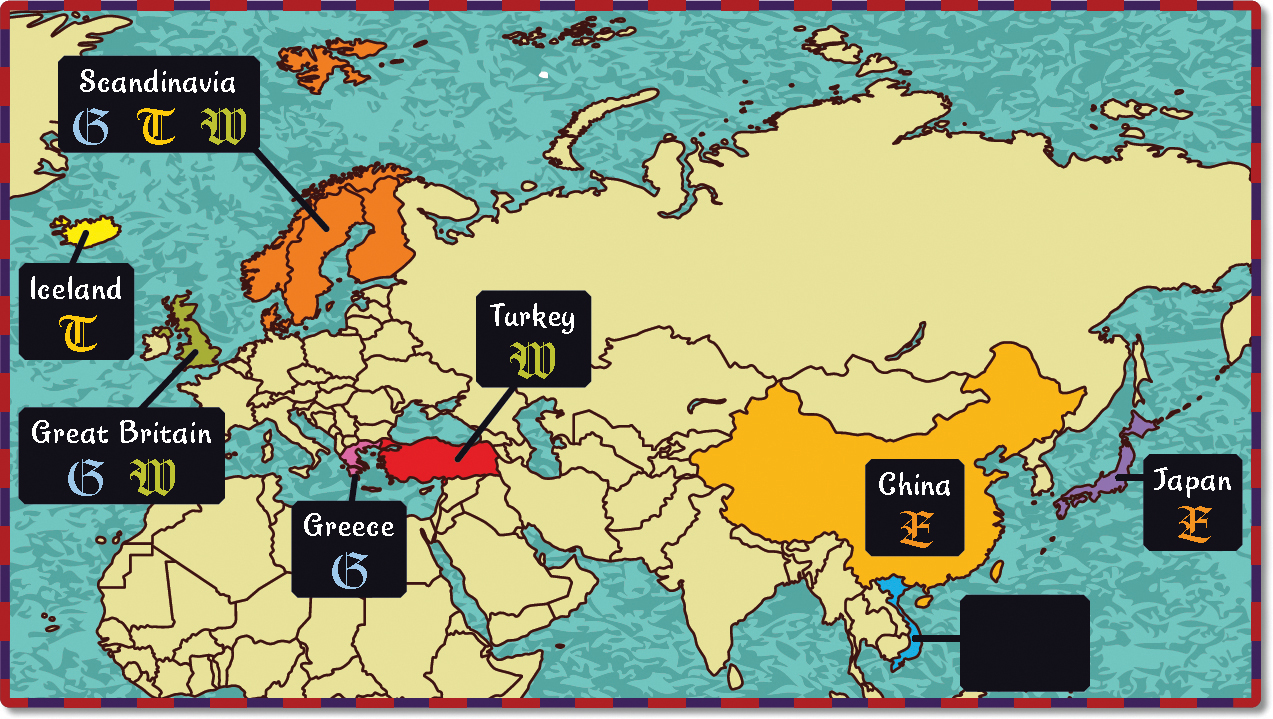



 to make a surprise attack
to make a surprise attack